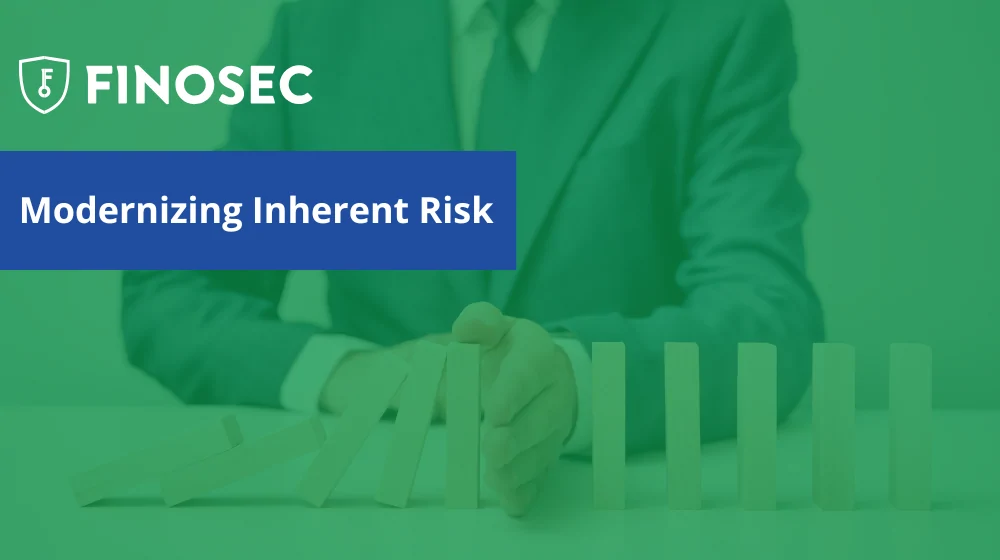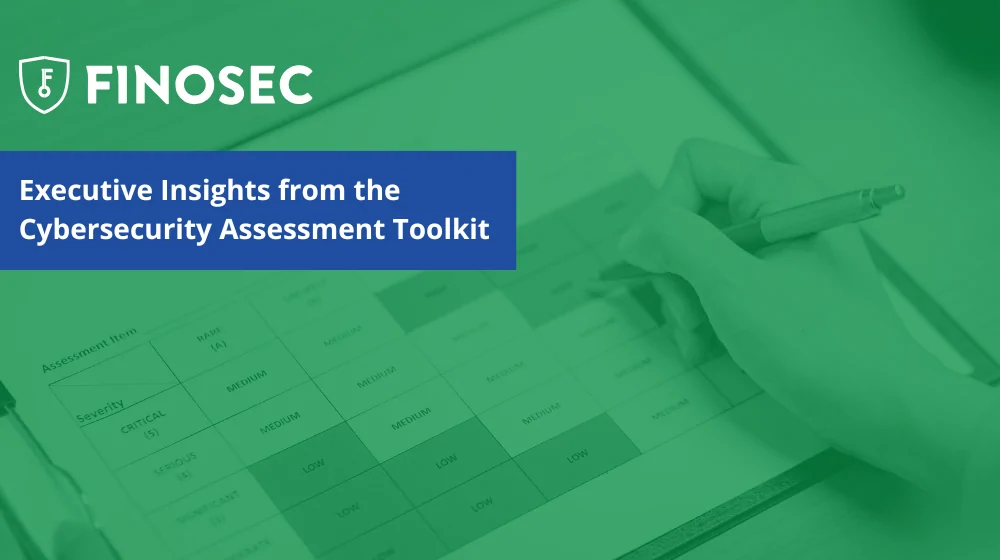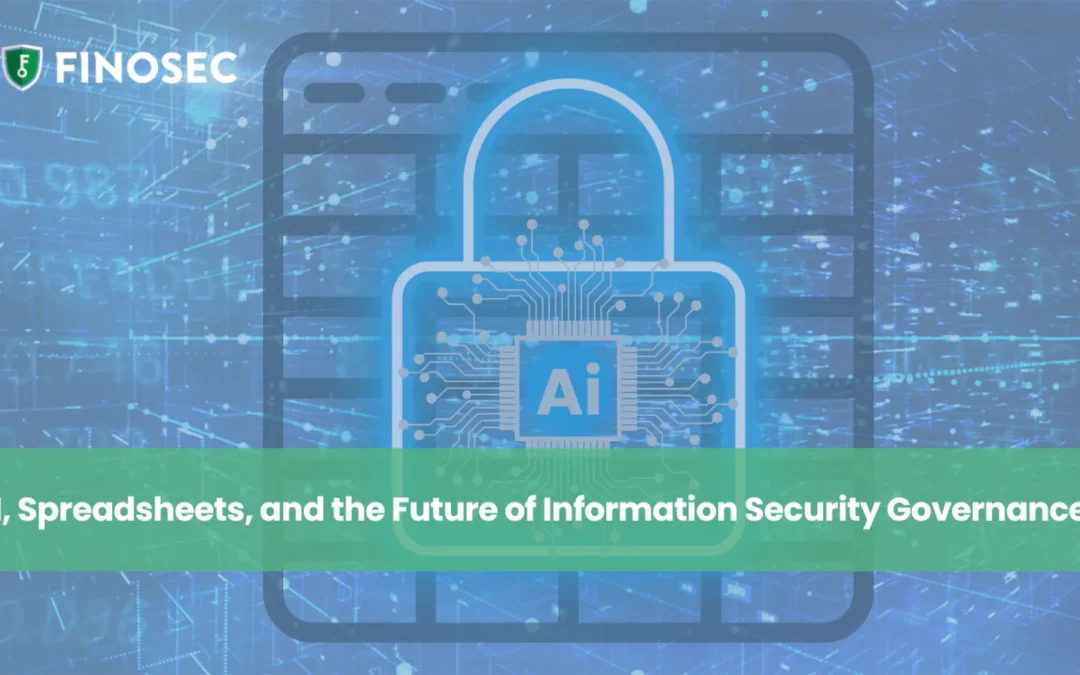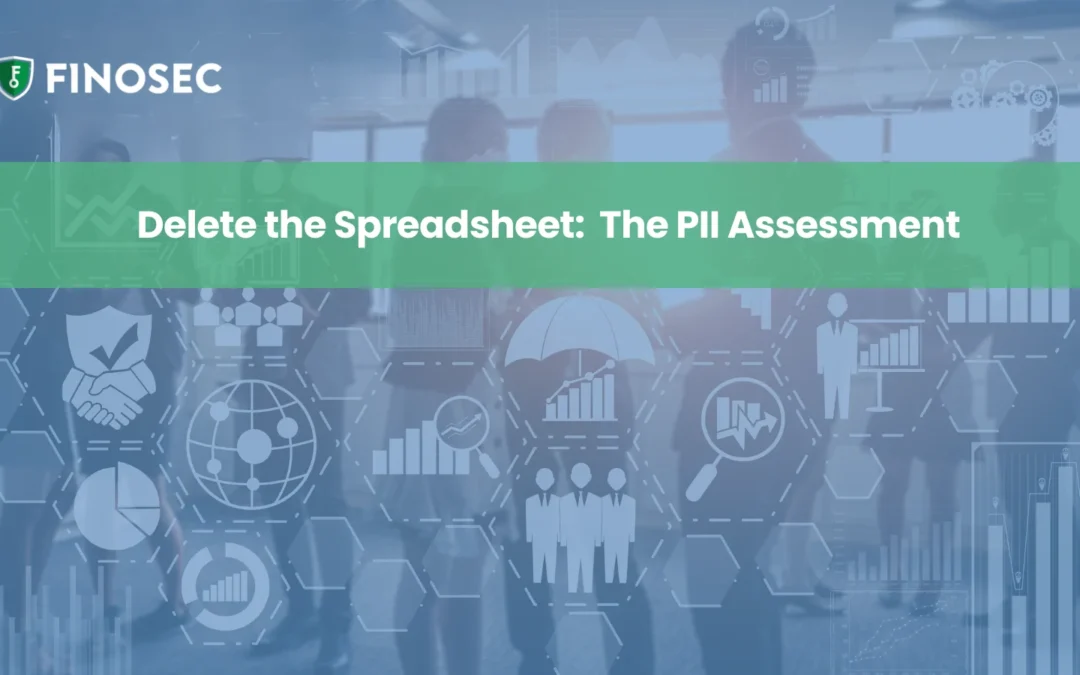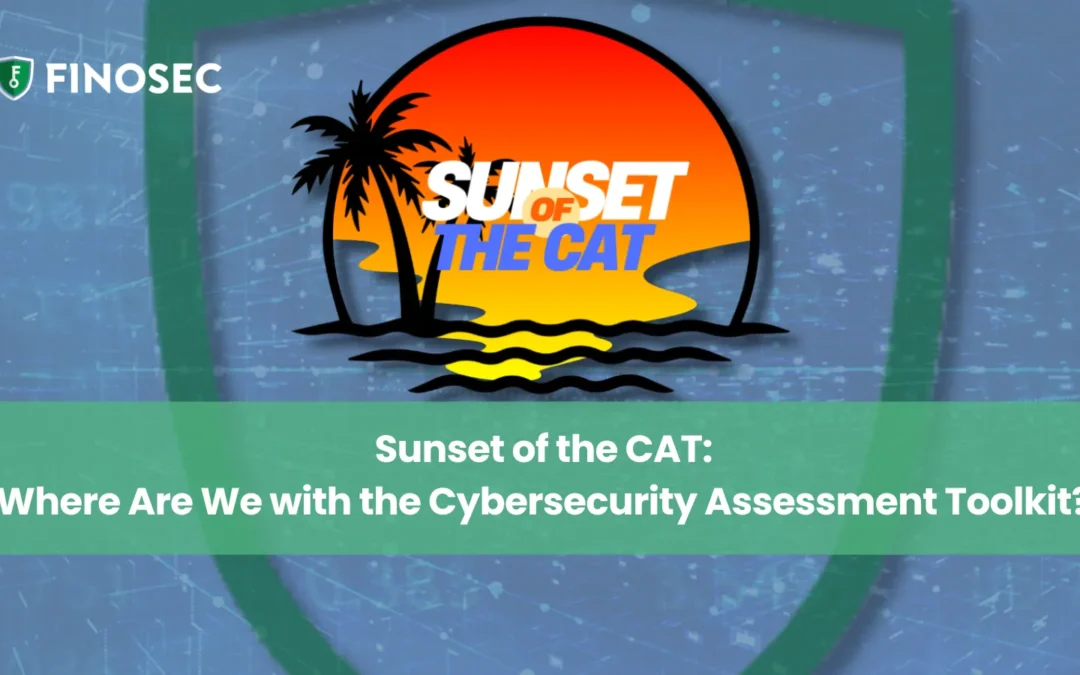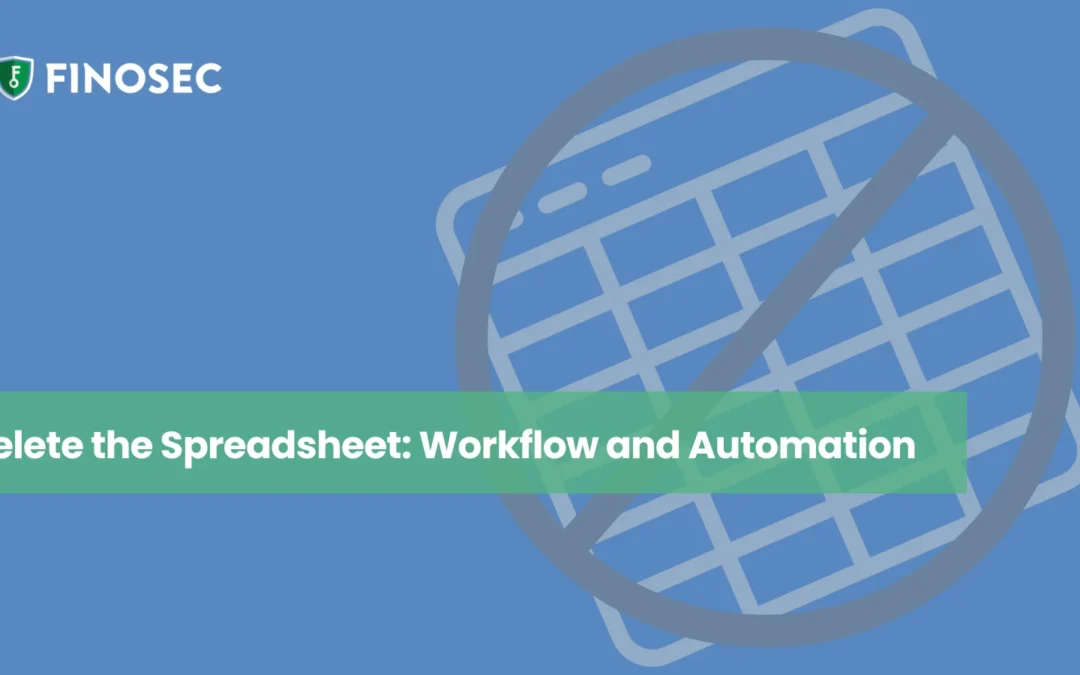Do you believe the full title? Or do you believe the parenthetic comments are a better descriptor? Here’s a simple and universal truth of the human condition: we tend to avoid tasks we think will be hard. Or complicated. Or time consuming. Or all three!
An earlier Finosec blog talked about how in an ideal world, financial institutions should complete user access reviews regularly and frequently. In reality, there appears to be a strong correlation between how difficult user access reviews seem and how often they’re done. It’s true: we find ways to avoid tasks we think will be a challenge or will take a long time.
The highly manual legacy process still in use for user access reviews in some financial institutions will almost always make them less frequent, if only because they take a long time to complete. So, when you dramatically reduce the time it takes for a user access review, they should happen more often, right? Yes, but there is more to it.
The key variable you need to address first is how you validate access to high-risk data at your financial institution. When you do the work to resolve this, you can identify possible process efficiencies as you branch outward from there.
This exercise will determine a baseline for how much time it should take you to complete the review. It will also clarify how manual the process actually is. The degree to which you can reduce the complexity of your user access review process will deliver significant benefits to your organization.
For example, if your process review uncovers the fact your team prints pages and pages of documents they intend to review, highlight, and update later, you have a highly manual process on your hands. Process steps like this add significant time to the review and create a higher probability for mistakes and oversights. But it doesn’t have to be this way.
Finosec can show you a systematic way to automatically provide thorough user access documentation and reports. Because of the automation and simplification, it frees up your time to complete these reviews more frequently. This, in turn, increases the cybersecurity strength of your institution.
In this video, FINOSEC CEO Zach Duke talks about the challenges posed by user access reviews. He outlines steps you can take to turn the overall process into a simpler endeavor. If you are struggling with this process, take two minutes to hear what Zach has to say.
